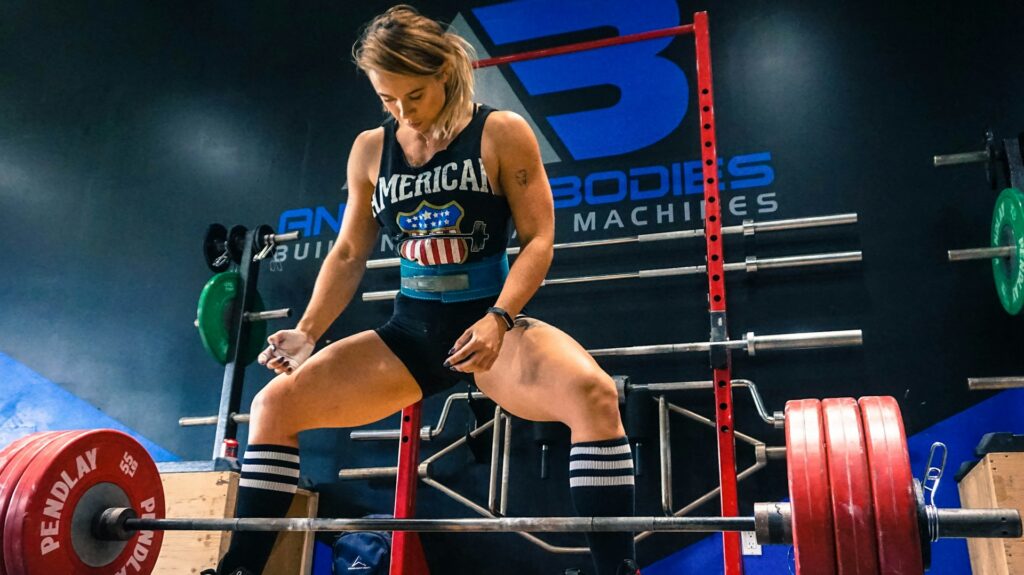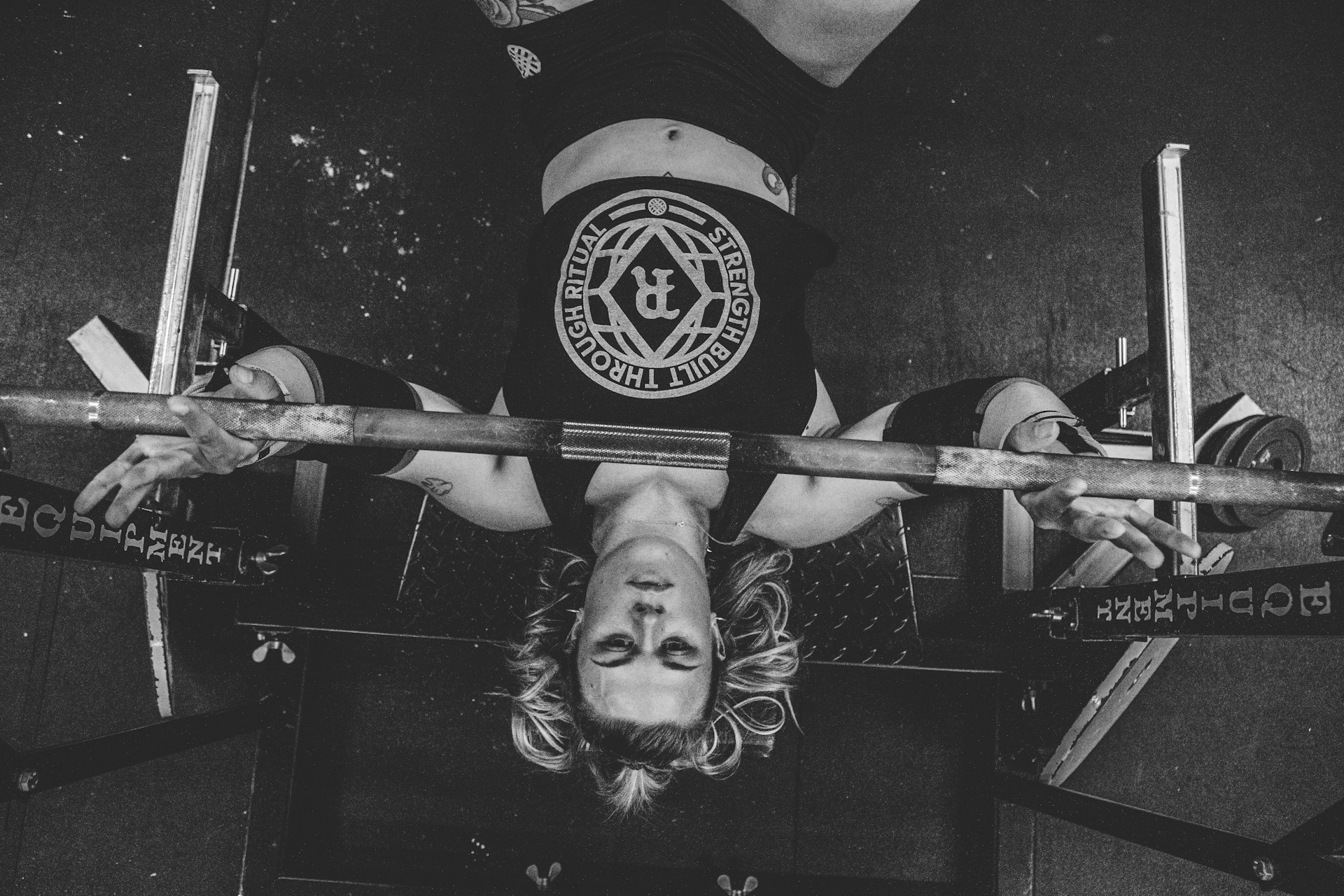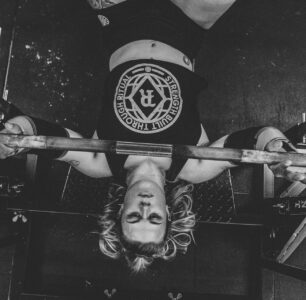When it comes to strength training, the array of options available can be overwhelming. Among the most popular and effective methods are Olympic weightlifting and powerlifting. Each discipline offers unique benefits and appeals to different training goals, from enhancing explosive power and speed to building maximal strength and muscle mass. However, choosing the right form of weightlifting for yourself involves considering several factors, including your fitness goals, physical condition, available resources, and personal interests.
This article explores the distinct characteristics of Olympic weightlifting and powerlifting, providing insight into the equipment required for each, and offering guidance on how to determine which lifting style might be the best fit for you. Whether you’re a seasoned athlete looking to refine your training regimen or a beginner eager to start your strength training journey, understanding these differences will help you make an informed decision that aligns with your fitness objectives and lifestyle.
Olympic Lifts
Olympic lifts are a specific subset of weightlifting exercises that are featured in competitive Olympic weightlifting events. These lifts are known for their dynamic, explosive nature and involve lifting a barbell from the ground to overhead in one or two continuous movements. The two primary lifts classified as Olympic lifts are:
- The Snatch: This involves lifting the barbell from the floor to overhead in a single, smooth movement. The athlete rapidly extends the hips, knees, and ankles to generate force and then pulls themselves under the bar, catching it at arm’s length overhead while squatting down.
- The Clean and Jerk: This lift is performed in two distinct phases. First, the clean, where the lifter moves the barbell from the floor to the shoulders in one motion, followed by a front squat and standing up. The second phase, the jerk, involves driving the bar overhead from the shoulders, typically finishing with the bar stabilized overhead and the legs either split or in a squat stance.

Differences from Other Weightlifting Exercises
Olympic lifts differ from other weightlifting exercises in several key ways:
- Complexity and Technique: Olympic lifts are highly technical and require precise timing, balance, flexibility, and coordination. They are more complex than most other forms of weightlifting, which might focus more on strength or endurance rather than explosive power and precision.
- Explosiveness: These lifts are designed to maximize power output in a very short period. The explosive nature of these movements contrasts with other weightlifting exercises that might involve slower, more controlled movements.
- Full Body Engagement: Olympic lifts engage almost every major muscle group in the body, requiring a high degree of coordination across different muscles and joints. While other lifts might focus on specific muscle groups, Olympic lifts provide a comprehensive workout that improves overall athleticism.
- Equipment and Setup: Olympic lifting typically requires a specific type of barbell that is more flexible and has bearings that allow it to rotate easily, along with bumper plates that can be dropped from overhead. This setup is different from standard gym equipment used for more conventional lifts like the bench press or bicep curls.
- Training Objectives: The primary goal of Olympic lifting is to develop power and speed, making it particularly beneficial for athletes in explosive sports like sprinting, football, or basketball. Other weightlifting exercises might be aimed more at building muscle mass, strength, or endurance.
Due to their complexity and the high level of skill required, Olympic lifts are often practiced under the supervision of a qualified coach, especially when performed by beginners. This helps in mastering the technique and avoiding injuries.
What are powerlifts and how do they differ from olympic lifts
Powerlifting is another form of competitive weightlifting, focusing on maximum strength in three specific lifts: the squat, bench press, and deadlift. These lifts are known as powerlifts and form the core of powerlifting competitions. Each lift tests different aspects of a lifter’s strength and technique.
Powerlifts
- The Squat: In this lift, the athlete places a weighted barbell across their upper back, squats down to at least hip joint lower than the top of the knee, and then stands back up to full extension.
- The Bench Press: Performed lying on a bench, this lift involves lowering a barbell to the chest and then pressing it upward until the arms are fully extended.
- The Deadlift: The athlete lifts the barbell off the ground to a standing position, with the hips and knees fully extended and the shoulders back.

Differences from Olympic Lifts
- Type of Movement: Powerlifting movements are slower and more controlled compared to the explosive, fast movements of Olympic lifts. Powerlifts do not involve the barbell being lifted overhead or the dynamic body movements seen in Olympic lifts.
- Technique and Complexity: While technique is crucial in both sports, Olympic lifting requires more technical skill and coordination, as well as flexibility and timing to successfully complete the lifts. Powerlifting, while also technical, places a greater emphasis on raw strength.
- Training Focus: Powerlifting focuses primarily on increasing the maximal strength of the lifter, particularly in the three specific lifts. Olympic weightlifting trains athletes to improve power, which is the ability to exert force quickly, an essential element in many athletic pursuits.
- Equipment and Setup: Both sports use barbells and weight plates, but the specific equipment can vary. Olympic weightlifting bars are more flexible and designed for spinning weight plates to aid in the fast movements required by the snatch and clean and jerk. Powerlifting bars are stiffer, as they need to handle heavier loads in a controlled manner. The plates used in powerlifting do not need to be as robustly constructed for dropping from a height, unlike bumper plates in Olympic lifting.
- Range of Motion: Powerlifts generally require a less extensive range of motion compared to Olympic lifts. For example, the deadlift ends once the lifter stands up with the weight, whereas Olympic lifts often involve a full squat under the bar and then standing again.
Each type of lifting has its unique benefits and attracts different types of athletes depending on their training goals, whether it be developing explosive power and athleticism with Olympic lifting or focusing on maximal strength in powerlifting. Both require rigorous training and a deep understanding of form and technique to perform safely and effectively.
What equipment do I need for each?
When gearing up for Olympic lifting or powerlifting, having the right equipment is crucial for performance and safety. Here’s a breakdown of the essential equipment needed for each discipline:
Equipment for Olympic Weightlifting
- Olympic Barbell: Specifically designed for Olympic lifts, these barbells are typically 20kg (for men) or 15kg (for women) with a grip diameter of about 28mm (men) or 25mm (women). They feature rotating sleeves to reduce the torque produced by the bar and the weights, which helps in executing clean and jerk and snatch movements.
- Bumper Plates: These are rubber-coated plates that are designed to be dropped from overhead without damaging the floor or the bar. They come in standard weights and are essential for practicing Olympic lifts.
- Weightlifting Shoes: These shoes have a raised heel which helps with deeper squatting positions under the bar. They provide stability and support, essential for the precision and balance required in Olympic lifts.
- Lifting Belt: While not mandatory, a lifting belt can provide additional back support during heavy lifts, especially during front squats or clean movements.
- Lifting Straps: Useful for training sessions, lifting straps can help you grip the barbell during heavy pulls, although they are typically not allowed in competition.
- Chalk: This helps improve grip by absorbing sweat and reducing slippage.
Equipment for Powerlifting
- Powerlifting Barbell: These bars are thicker and stiffer than Olympic bars, designed to handle heavier weights without bending. They are usually 20kg with a diameter closer to 29mm to provide a better grip.
- Iron or Steel Plates: Unlike bumper plates, powerlifting uses iron or steel plates that are not designed to be dropped. The focus is on controlled lifts, and the weight is carefully placed back down rather than dropped.
- Bench Press Bench: A sturdy bench is crucial for bench pressing. Competition benches are specific in their height and width to conform to standard specifications.
- Squat Rack: Essential for safely performing squats with heavy weights, a squat rack can be adjusted to suit different heights and is robust enough to handle large loads.
- Powerlifting Shoes: These tend to have a flat sole to provide maximum surface contact and stability, crucial for exercises like the deadlift and squat.
- Lifting Belt: Thicker and often stiffer than those used in Olympic weightlifting, powerlifting belts are crucial for supporting the lower back during heavy lifts.
- Knee Sleeves/ Wraps: These provide joint stability and warmth, which can be helpful during heavy squatting.
- Chalk: As with Olympic lifting, chalk is used in powerlifting to improve the lifter’s grip on the barbell.
Both sports might require a protective flooring solution, like rubber mats, to protect the floor and equipment. While the equipment used in each sport has similarities, their specific design differences are optimized to suit the unique demands of Olympic lifting and powerlifting.
What determines which exercise is better for me?
Choosing between Olympic weightlifting and powerlifting—or any other strength training regimen—depends on your personal fitness goals, physical condition, and interests. Here are some factors to consider that can help determine which exercise might be better for you:
1. Fitness Goals
- Olympic Weightlifting: Ideal if you’re looking to improve explosive power, speed, flexibility, and coordination. It’s particularly beneficial for athletes in sports requiring quick and powerful movements, such as track and field, football, or basketball.
- Powerlifting: Best suited for those interested in building maximal strength and muscle mass. It’s also great for enhancing bone density and joint stability, which can be beneficial for overall health and longevity.
2. Physical Condition
- Injuries and Mobility: Olympic lifting requires good mobility, especially in the hips, ankles, and shoulders. If you have existing injuries or limitations in these areas, powerlifting might be a safer option due to its more controlled movements. However, always consult with a medical professional or a qualified trainer to make sure any form of weightlifting is safe for you.
- Age and Fitness Level: Beginners, especially older adults, might find powerlifting more accessible due to its simpler movements. Olympic weightlifting can be challenging to learn without proper coaching and a solid base of physical fitness.
3. Interest and Enjoyment
- Variety and Complexity: If you enjoy learning complex skills and thrive on technical challenges, Olympic weightlifting might be more engaging. The learning curve is steep, but it can be rewarding.
- Focus and Simplicity: If you prefer focusing on straightforward strength gains and enjoy pushing your limits in a more controlled setting, powerlifting might be more satisfying.
4. Availability of Resources
- Equipment: Check if you have access to the necessary equipment for either sport. Olympic weightlifting requires specific types of barbells and bumper plates, whereas powerlifting needs robust iron plates and possibly a power rack.
- Coaching: Proper technique is crucial to avoid injuries and maximize gains in both sports. Olympic weightlifting, in particular, often requires coaching to master the complex lifts safely.
5. Community and Competition
- Social Aspect: Consider whether you’re looking for a community with whom you can share your progress and challenges. Many gyms have specific groups for each type of lifting.
- Competitive Nature: Both sports offer competitive opportunities. Think about whether you’re interested in competing and which style of competition appeals more to you.
Ultimately, the best exercise regimen is one that aligns with your goals, fits your lifestyle, and, most importantly, that you enjoy enough to stick with consistently. Trying out both disciplines under the guidance of a professional can also give you a practical feel for which one suits you better.

